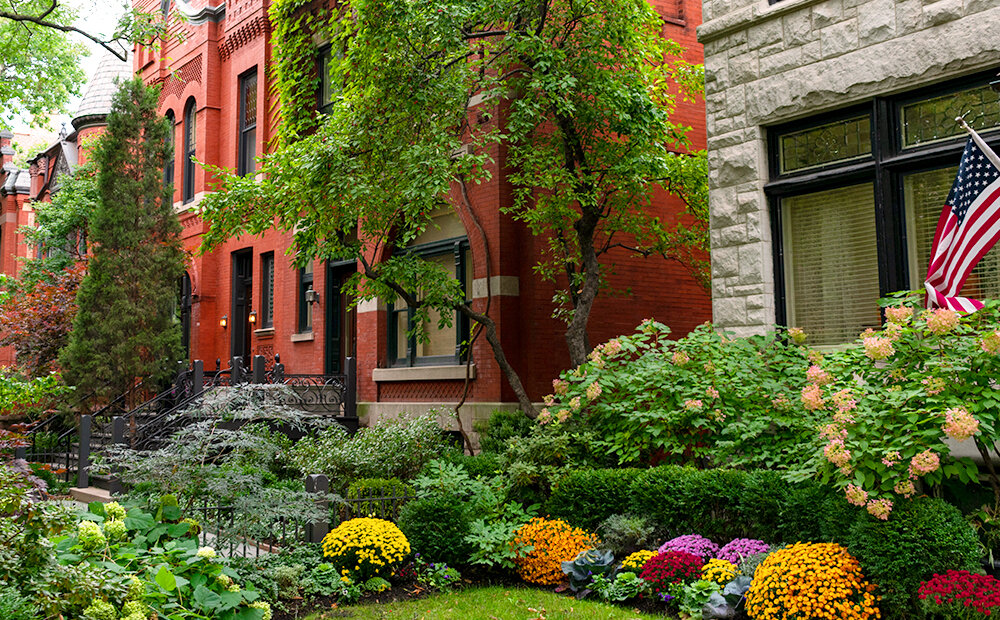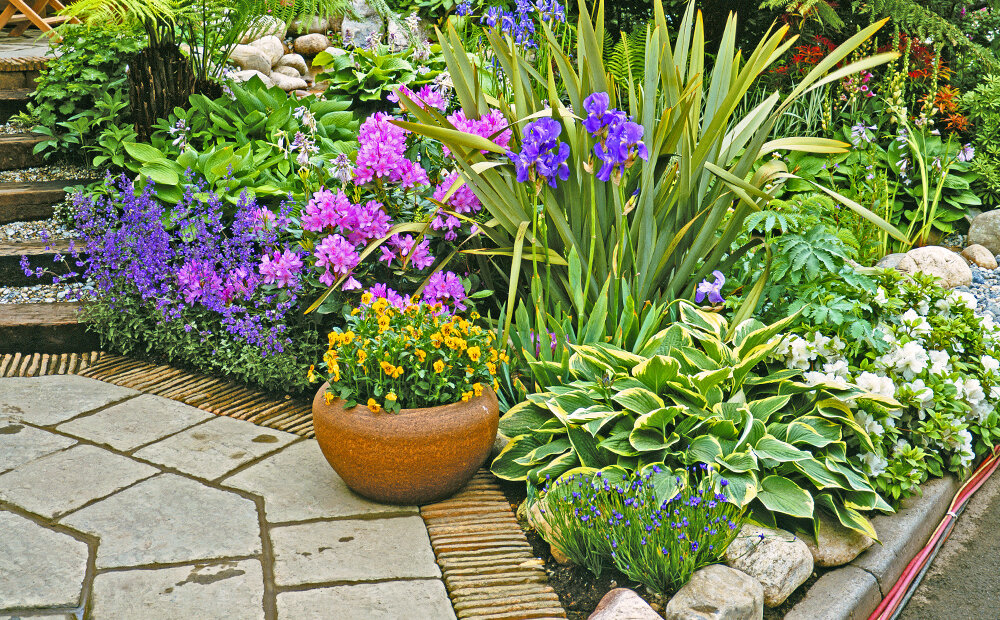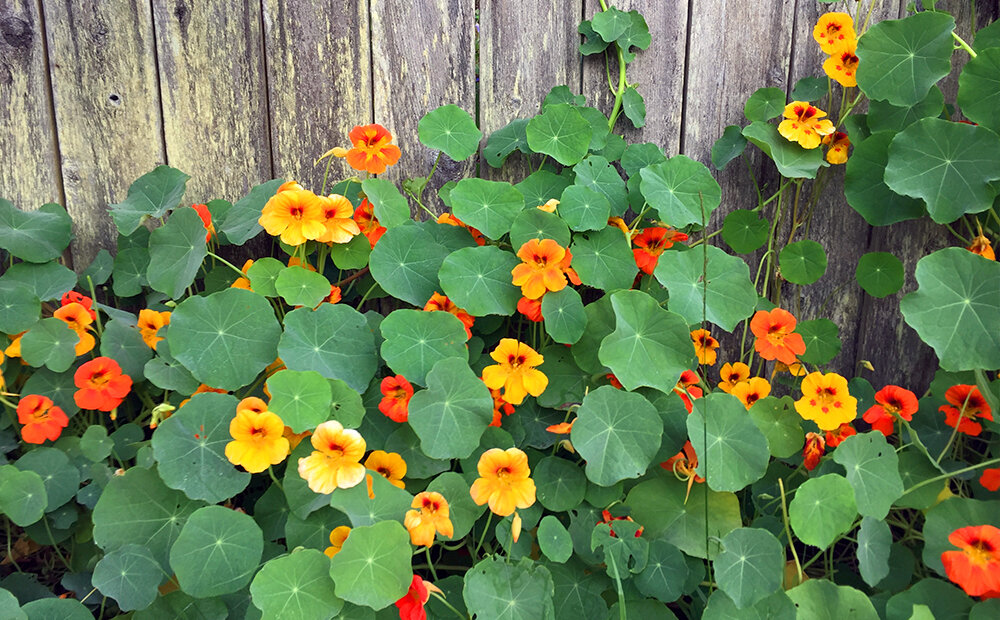THE BEST LANDSCAPE PLANTS TO PLANT NOW
It might not feel like it, but August is the gateway to the beginning of autumn. That means it's a good time to start working on a few landscaping tasks that will help set your garden up for fall and winter, and then a lush start next spring. Late summer is a good time to divide or plant new perennials, shrubs, and trees.
DIVIDE OR PLANT PERENNIALS
Mid to late August is a great time to start thinking about splitting up some of your spring and early-summer perennials or adding new ones to your yard. You can basically dig up and split anything that has already finished flowering for the year. Doing it now will give them plenty of time to establish strong new roots while they're not using energy to produce flowers.
You'll know your perennials are ready to split when they have had a summer of peak blooming. If they've had more blooms than any other year, this is the perfect year to split them. Alternatively, if they're not flowering as well as they used to, or the center of the plant has started to get weak and spindly, or even die back, then it's definitely time to split them.
Perennials that you could split, or plant new, at this time of year include hostas, butterfly bushes, coneflowers, lavender, irises, daylilies, fall-blooming crocuses, columbines, peony, summer phlox, lilies, ornamental grasses, and sedums.
Butterfly bushes are beautiful, even when they're not in bloom, and they're an important food source for migrating butterflies. If you're going to add one, plan to plant it when the weather channels forecast a cooler week for the Indianapolis area. Coneflowers are super easy and great for pollinators. Lavender is beautiful and useful, plant it now and harvest the blooms to use in crafts and handmade gifts for the holidays.
REFRESH YOUR ANNUALS
We've got quite a bit of summer left, but your flowers in planters might be starting to look a little ragged by now. This is a great time to replace them with new annuals. Plants like marigold, salvia, alyssum, nasturtiums, lobelia, pansies, snapdragons, and celosia are happy in cooler weather and should last well into the fall to keep your yard looking lovely.
ADD NEW SHRUBS & TREES
August is also a good time to plant new shrubs and trees you may want to add to your landscaping. If the weather is super hot, make sure to water your new trees and shrubs regularly. Freshly planted shrubs and trees should be watered daily for the first 1-2 weeks, then every 2-3 days for 3-10 weeks, and after that weekly, until the ground freezes.
It's easiest to ensure deep watering by using a slow soaker hose to ensure the water doesn't runoff. Coil a soaker hose loosely around newly planted trees and shrubs, and then add a thick layer of mulch over the root ball area. Mulch helps regulate soil temperature to protect the roots from our hot August days and helps to retain soil moisture, so they don't dry out too much. It will also provide an insulating blanket to protect them come winter.
Now is a good time to add viburnum, dogwoods, hydrangeas, forsythia, spirea, elderberry, lilac, Norway spruce, hardy hibiscus, and rhododendron.
Norway Spruce trees add beautiful interest in the winter, and planting them now will make sure they have time to get safely established before it gets cold. Hardy hibiscus is a heat lover, so they'll be happy for August weather, and they'll be established by the time winter season hits so they can come back stronger and even more vigorously next year.
It's not a bad idea to water your established evergreens in August as well. A good long soak, 3-4 times with a soaker hose, before the weather starts to turn cold will ensure they have enough moisture to survive the coming winter with little or no winter kill. And while you're mulching your new shrubs, top up the layer under older trees, shrubs, and plants as well.





